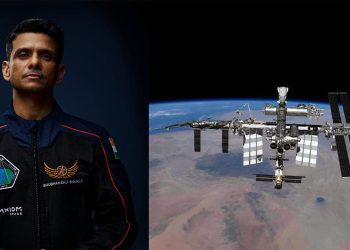A Soviet spacecraft launched over five decades ago has finally reentered Earth’s atmosphere, plummeting from orbit after 53 years.
The unmanned probe, Kosmos 482, was originally launched in 1972 as part of a Soviet mission to Venus. A rocket malfunction left it stranded in Earth orbit instead. Most of the spacecraft fell back to Earth within a few years of the failed mission, but one key component—a durable, spherical lander designed to survive Venus’ extreme conditions—remained in orbit until now.
European space agencies confirmed the lander’s uncontrolled reentry on Saturday, noting its absence from radar tracking data. While its exact landing site remains unknown, experts believe it likely survived reentry, as it was built with a titanium shell and weighed over 1,000 pounds (495 kg).
Despite concerns about space debris, scientists had long emphasized that the odds of any debris striking people or property were exceedingly low. The lander’s descent was closely watched by military and space agencies worldwide, but due to solar activity and the spacecraft’s age, the timing and location of its fall could not be predicted precisely.
The U.S. Space Command had not yet confirmed the final impact site as of Saturday morning.
What made Kosmos 482 particularly noteworthy was its unusual durability and the fact that it reentered without any guidance, unlike most spacecraft that are intentionally directed to fall into remote ocean areas.




































